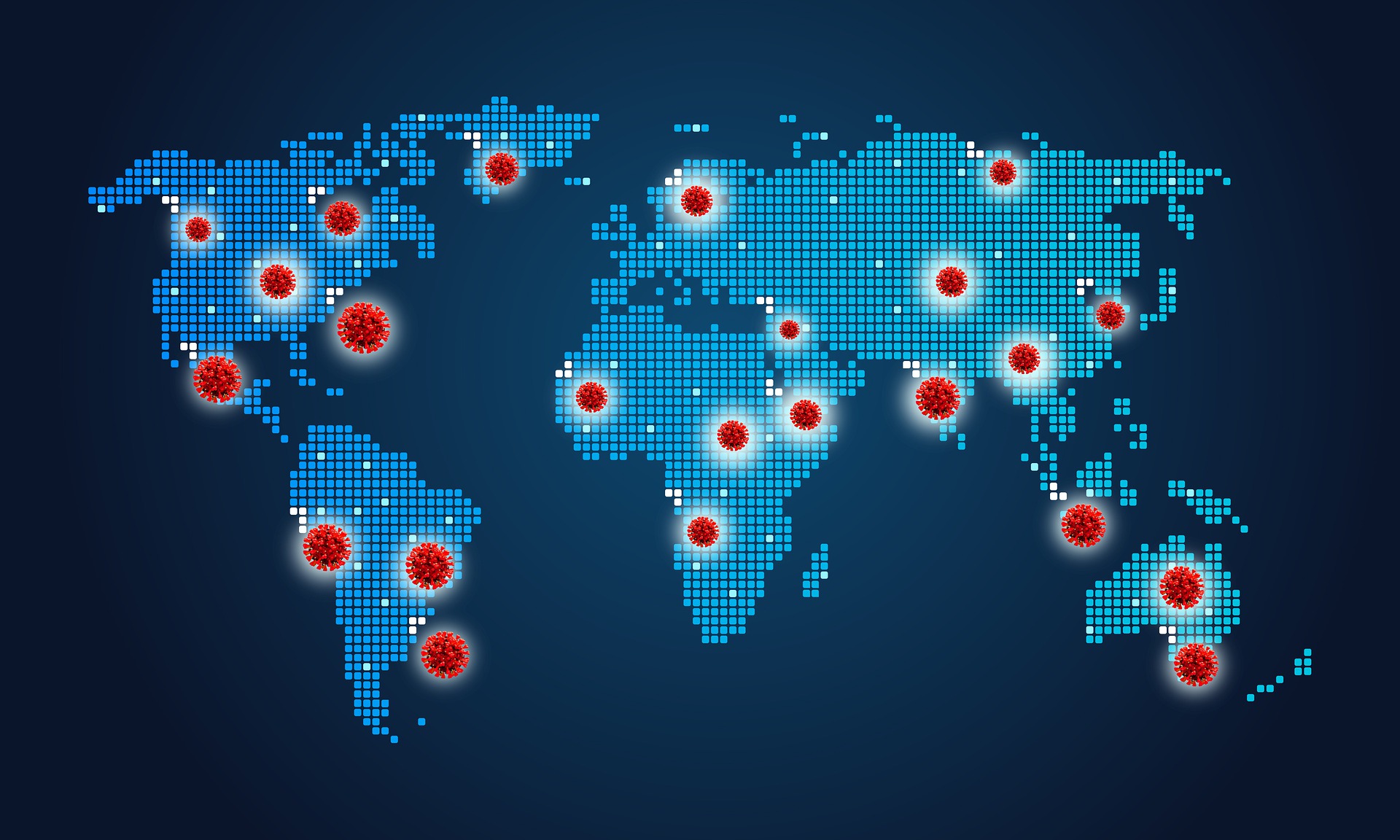Abstract
The risk assessment through its maps makes it easier for us to present a hypothesis of danger due to COVID-19 and show the severity of the problems associated with its occurrence. The study is carried out in the Districts of Quilmes, San Martín and La Plata. They’re present examples of COVID-19 impacts, with different analysis options. This allows proactive actions to be carried out to control, eliminate or neutralize them. The risk has been assessed based on the vulnerability of society to the pandemic and the danger of the virus itself in the physical and social environment. The digital output was realized with the Geographic Information System QGIS version 3.12.2. Projection EPSG 3857. The analysis of the vulnerable sites is carried out taking into account the access to water from indoor facilities, given the hygiene need as a protection against virus spread, in addition to knowing the places of population concentration for which the Zoning Code of the Districtis used. It shows the industrial and commercial zones and the critical overcrowding to contemplate the popular neighborhoods and informal settlements, and finally the presence of geriatrics in theareas. Vulnerability prioritizes response and mitigation actions. The danger areas that promote preventive action are analyzed based on the population characteristics and the virus' spread, there for the population density, the economically active population and the age group over 65 year sold are included. The results show the evaluation of the environments from highest to lowest risk for the analyzed Districts and the proposal of mitigation measures.

